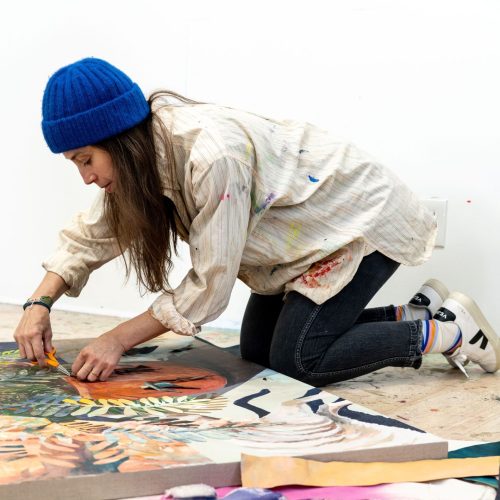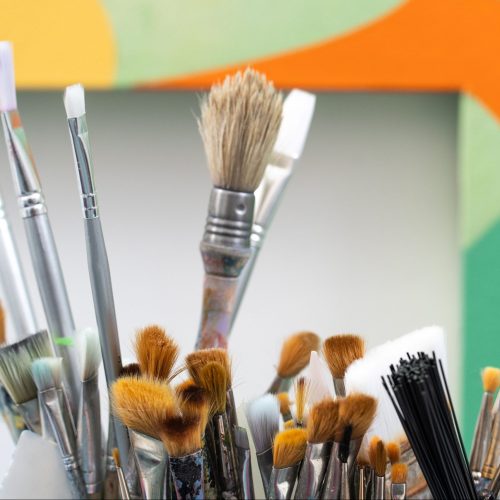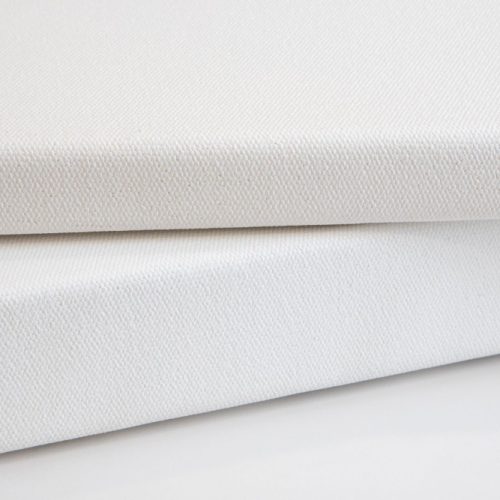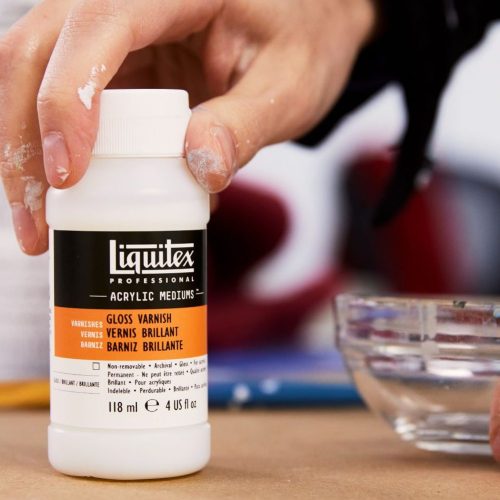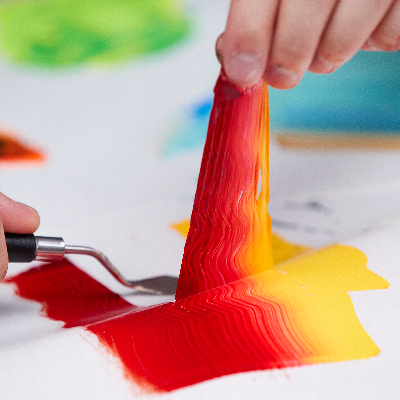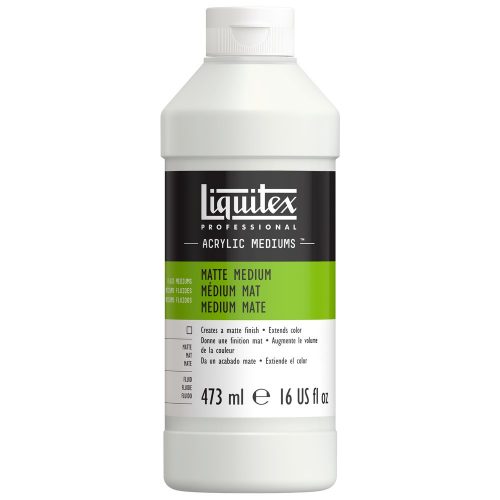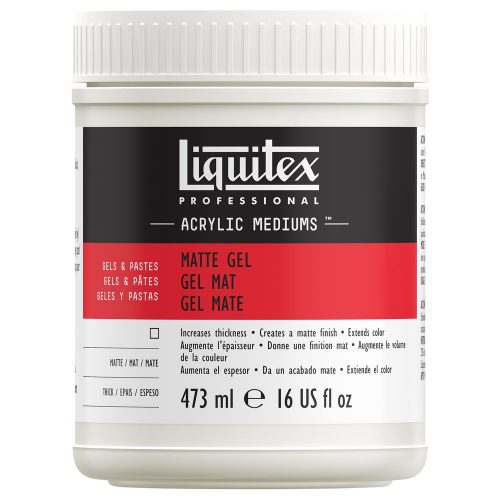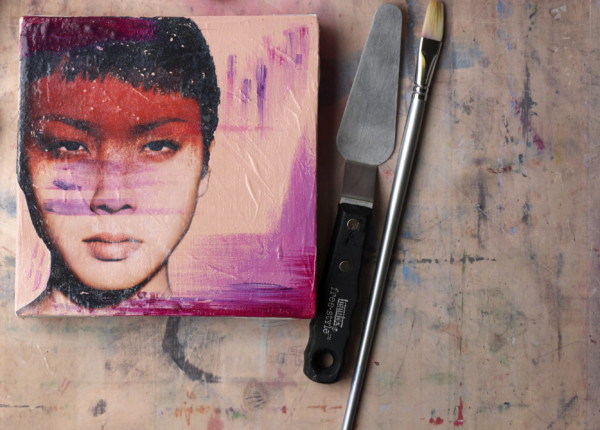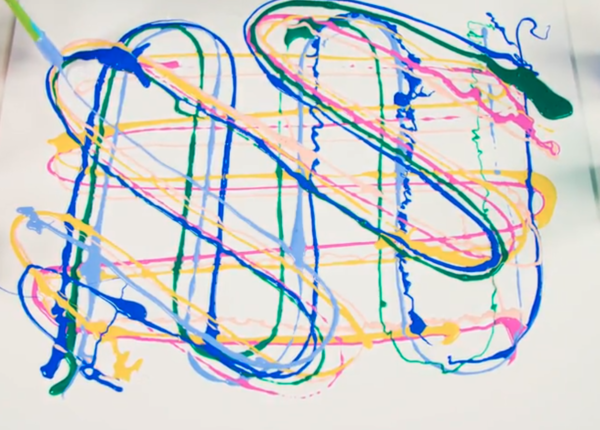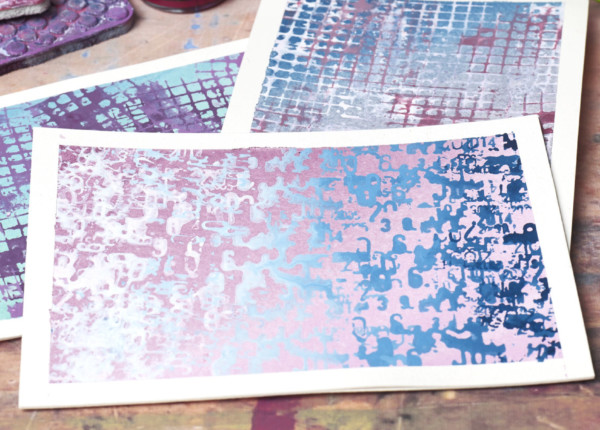Collaging
Both Liquitex acrylic mediums and colors are great adhesives and can be used before, during and after the collage process.
TIPS
- Start by planning out your piece, just like you would with any other medium. What do you want to create? Which objects? Which colors are in your palette? Make sketches and lay out your design - it's always a good idea to start with an underpainting
- Choose a support which suits the flexibility and weight of your objects - heavy objects will need a rigid support such as wood, metal, Masonite, MDF, or a wall
- Prime your surface with gesso to get the best adhesion
- Coat your collaging objects and surface with medium - it doubles the adhesive power
- Think about the sterility of the objects you're using - for example beach sand can contain chemical impurities that can react with the chemistry of the paint. Our Natural Sand professional effects medium is a good alternative
- For best results, always varnish your collage once finished - it'll make cleaning much easier and keep your work better protected from dirt, UV and damage. Leave it to dry completely for 3-7 days, depending upon the thickness of the paint/mediums used. Choose the shine level you want and apply your varnish, following the instructions for use. Heavily textured pieces may be better finished with one of our spray varnishes, a spray gun or with a few coats of rigorous stippling to work the varnish into every groove
ESSENTIALS
- For newspapers and finer papers - Matte Medium or Gloss Medium
- For photographs and magazine paper - Matte Gel or Gloss Gel
- For flexible objects to be mounted on canvas (acrylic skins, Mylar, plastic toys, textiles) - Light Modeling Paste or Gloss Super Heavy Gel
- For heavy objects which require a rigid support (ceramic, mosaic tiles, glass, wood etc) - Modeling Paste or Gloss Super Heavy Gel
